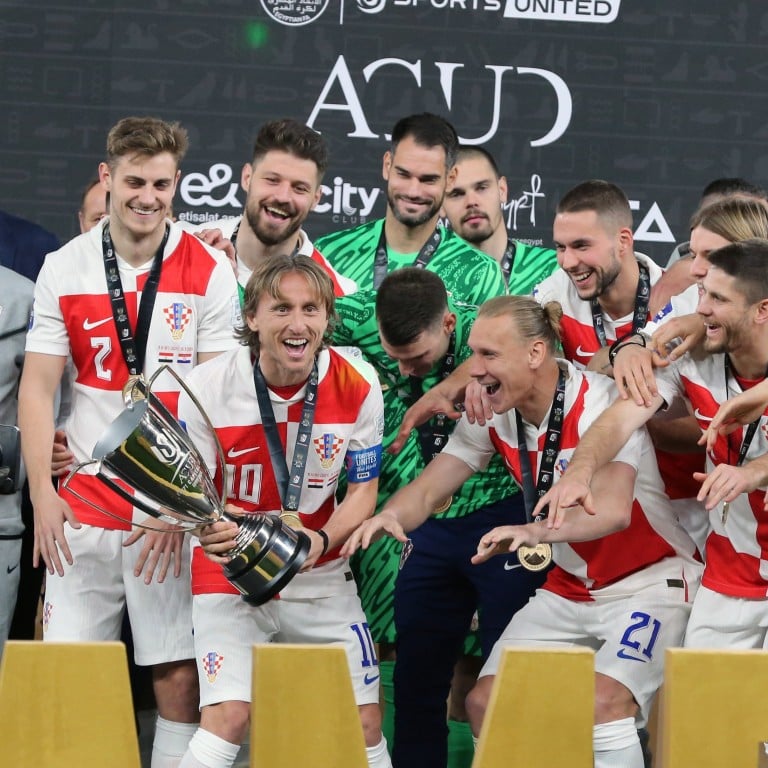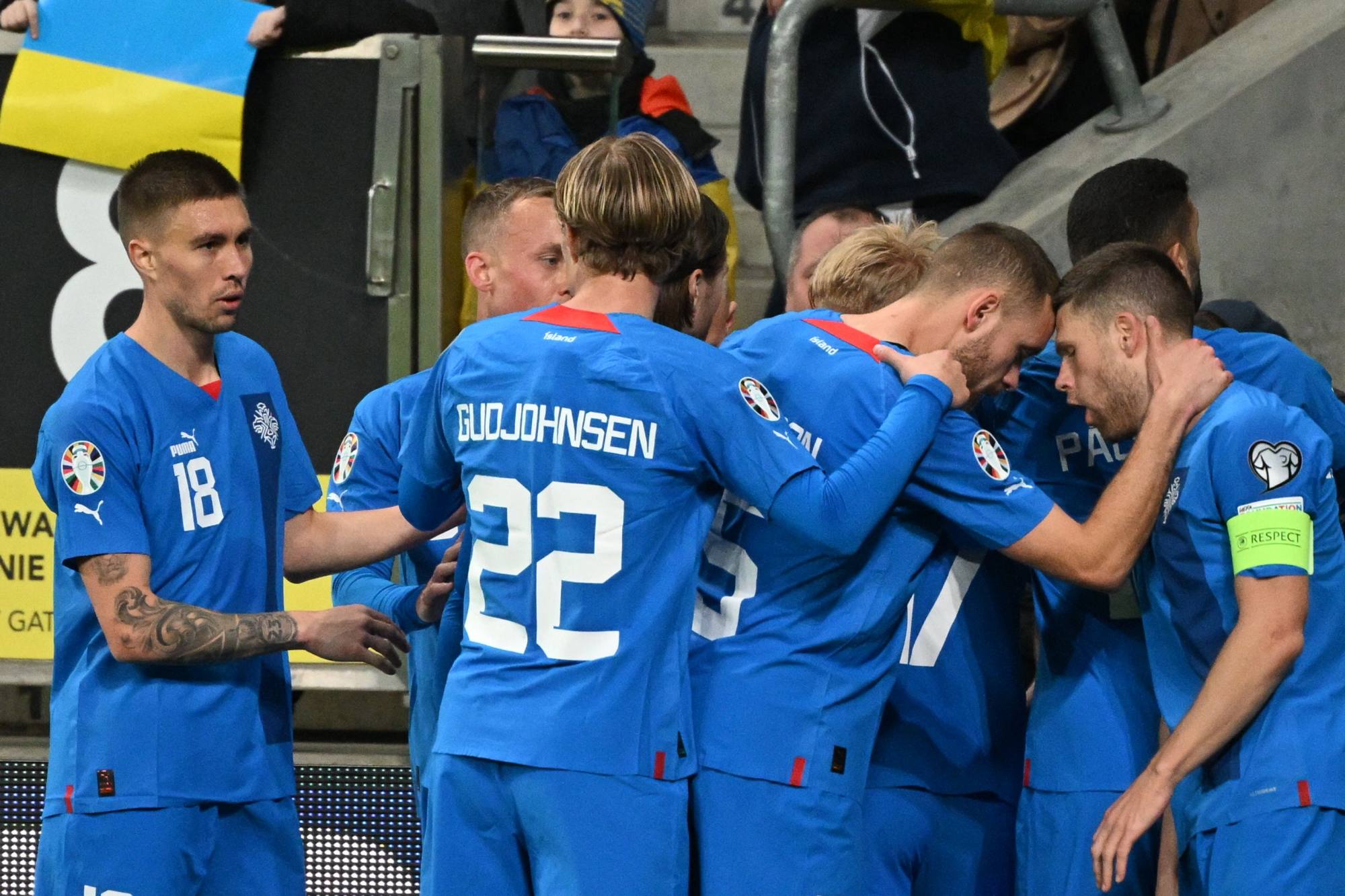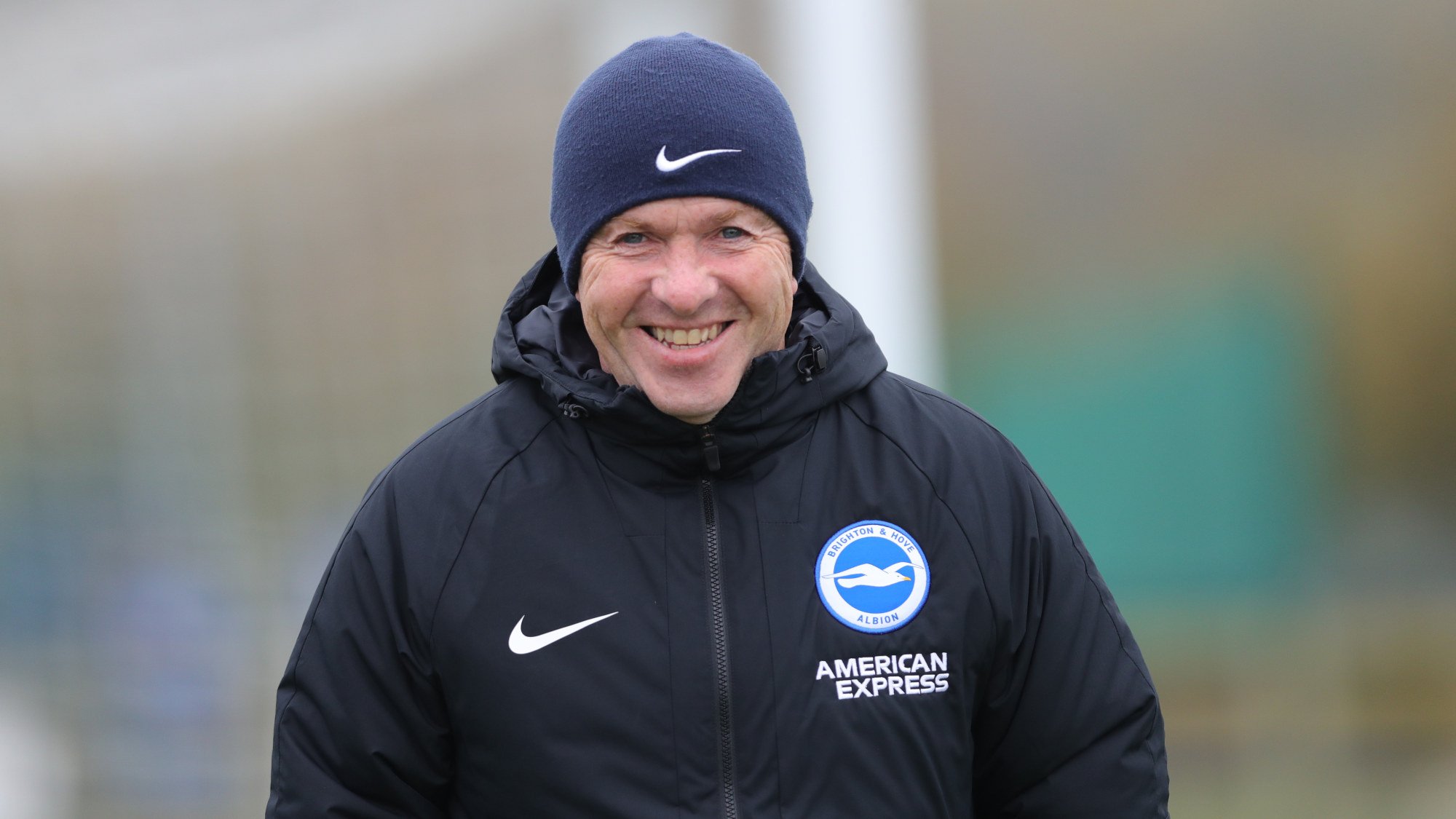
Technical director John Morling urges Hong Kong to emulate World Cup surprise packages, wants coach Jorn Andersen to stay
- New man wants football to become a ‘more attractive’ profession and says everything ‘will look a lot better’ in five years
- He is also keen for private investment in youth because football is one of the few sports than can galvanise all of Hong Kong
John Morling says Hong Kong can gain inspiration from the small nations punching above their weight on the global football stage.
In the second part of an exclusive interview with the Post, the new technical director of The Football Association of Hong Kong, China (HKFA) drew parallels between the ecosystem of the sport in this city, and that of Ireland, where he was formerly a player development manager.
Morling additionally disclosed the HKFA’s intention for football to become a “more attractive” profession over the next five years, and said he wants head coach Jorn Andersen to extend a contract that expires in June 2025.
The 50-year-old, who reports to CEO Joaquin Tam, worked from 2008 to 2012 in Ireland, where he managed the nation’s under-15, under-16 and under-17 teams.
Ireland, which boasts a population of roughly 5.1 million, have qualified for six major tournaments. Last year, the country’s under-17 and under-19s men’s teams, and the under-17 women’s team, reached the top 10 of Uefa’s European rankings.
“There are similarities between Hong Kong and Ireland,” Morling said. “Kitchee and Shamrock Rovers have dominated the leagues for a long time, with a few teams challenging behind.

“There is a challenge to get crowds to local games, but a wave of enthusiasm for the representative teams. Both associations have to balance developing local players, and bringing in good players from overseas who qualify to represent them.
“The stadiums are better in Hong Kong, but they are government owned. Everything is evolving here, though. It is better than five years ago, and I believe in five years it will look a lot better than it does now.”
The HKFA’s stated aim is to qualify for the 2034 Fifa World Cup finals and Morling said that target is not as outlandish as it might appear, pointing to the successes of Iceland, Croatia and Qatar.
Iceland, with a 382,000 population, were 2016 European Championship quarter-finalists and qualified for the 2018 World Cup. Croatia built teams that reached the 2018 World Cup final, and semi-finals in 1998 and 2022, from a population of 3.85 million. Around 2.7 million people live in Qatar, which has won the past two Asian Cup titles.
“We have more than seven million people, although not all can play for Hong Kong,” Morling said. “You can watch an under-16 game where 25 per cent of players don’t qualify – the passport rules are more stringent than in a lot of countries.
“We have to balance local development with long-distance recruitment [of players living abroad with Hong Kong passports], to ultimately deliver better individuals for the senior team.”

Morling sets great store in carefully crafted games programmes for young players. The Hong Kong under-16 team is currently in Spain for a tournament also featuring the hosts, Scotland and a Murcia Selection, and last month played friendlies against two local teams in Japan.
“The mark of a youth development programme is how many players get to the first team, not the trophies you win at under-14 and under-16.”
Morling wants to explore opportunities for more private investment in youth development.
“There is not a lot of investment right now, but a lot of our grass-roots programmes are marketable,” he said. “It might be attractive for companies to become involved in the development of young players, because we are one of the few sports where, if we get it right, we galvanise the whole of Hong Kong.”

Morling and Andersen have quickly formed a good relationship, even though the Englishman is constantly “freezing” in the office, because “Jorn always has the air-conditioning on”.
“He is really passionate about wanting to do well for Hong Kong, and wants the best development programme possible,” Morling said. “His enthusiasm is infectious … I hope he stays for a long time.”
Among seven goals laid out in the HKFA’s Vision 2025 is the desire for “an ever-improving Hong Kong senior men’s representative team”. Tactics for achieving that goal include all Hong Kong men’s teams “adopting a basic playing formation of 4-3-3, with agreed variations”.
Morling is on record saying the strengths of the players available should govern formations.
“I need to see how that is working – I would not say something worked for me elsewhere, so it is definitely going to help here,” Morling said. “If something is working, leave it alone. If it is not, we will fix it with something different.”
Morling recognises the imperative of communicating to his bosses “the stages we have to go through to grow”.
Morling’s contract is for only two years, but he hopes to be around “a long time”. He had 12 years with Peterborough United, where he coached three players, Sean St Leger, Luke Steele, and Ryan Semple, who all now work in managing, coaching or scouting.
At Brighton, Morling spent a decade, from 2012, overhauling an academy that today is a breeding ground for elite footballers.
“We are going to give it a good go, build on the work that’s been done, and see where we get,” Morling said. “We want to be a force at some point … it is an exciting time for Hong Kong football.”

